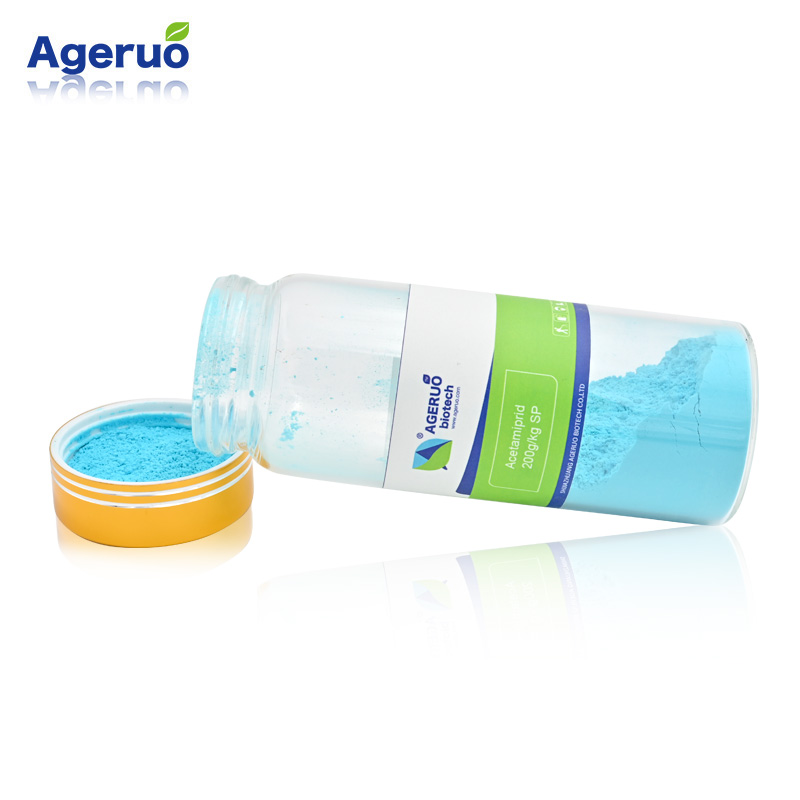(Trent Nelson | The Salt Lake Tribune) Brian Moench, M.D., is president of Utah Physicians for a Healthy Environment. Hundreds gathered for a "Rally to Save Our Great Salt Lake" at the Capitol building in Salt Lake City on Saturday, Jan. 14, 2023.
Spring is finally arriving in Utah, and with it the smell of blossoms, cut grass and, unfortunately ... chemicals. I was 12 years old when my father handed me the only book he ever gave me — “Silent Spring,” Rachael Carson’s chilling indictment of pesticides, widely regarded as the most important environmental book of the 20th century. The book turned environmental consciousness in America into a political force, leading to the creation of the Environmental Protection Agency and our bedrock environmental laws. Applying Atrazine To Lawn

Sixty years later, the message of “Silent Spring” is falling on deaf ears. Global bird populations have plummeted 30% and pesticides are one of the culprits. Humans are now exposed to about 100 times more toxic chemicals than when the book was published. Air currents carry pesticides across state lines and across continents. From the top of Mt. Everest to the bottom of the Mariana Trench, pesticides are now detectable in just about every square inch of Earth, and every square inch of every human body on Earth. The average person now excretes over 4,000 industrial chemicals in their urine, and many of the most toxic are pesticide ingredients.
(Francisco Kjolseth | The Salt Lake Tribune) A pair of American avocet fly over the Great Salt Lake on Wednesday, April 12, 2023, near the outflow of the Weber River where some signs of improvement to bird habitat can be seen following a record snow fall year. Critical shallow wetlands that were bone-dry just weeks before have slowly come back, as much attention is paid to how much the shallow lake will recover.
The harm begins virtually from the moment of conception, or even preconception. Most of them cross the placenta and contaminate the development of critical organs of babies in utero with life-long consequences, including virtually every major disease category at every stage of life. For example, 70-90% of cancer is caused by personal exposure to environmental toxins.
Drowning the planet in this stew of biological poisons is the proverbial “death by a thousand cuts.” Some of those “thousand cuts” are unleashed in Utah.
There is much anxiety about preserving bird habitat at the Great Salt Lake and Utah Lake. But ironically, and inexplicably, there is virtual silence about multiple entities using herbicides like glyphosate (Roundup) to expunge both lakes’ wetlands of invasive phragmites to improve bird habitat. These herbicides are broadly toxic, including to the birds we all want saved and their food chain. One justification offered is that it’s cheaper than nonchemical methods, such as cattle grazing.
There is justified outrage about Granite Construction and Jesse Lassley’s ongoing attempt to destroy Parleys Canyon for a new limestone mine and the ruin it will wreak upon air quality and Parleys watershed. But again, there’s virtual silence about state agencies — engaged in supposed “watershed restoration” in the same general area — cutting down trees by the thousands, setting the slash piles on fire, and spraying herbicides to “improve the health of the watershed.” Herbicides in your tap water are unlikely to “improve” your children’s health.
Mosquito abatement districts throughout out the state are still committed to a relic that Rachael Carson would have deplored — aerially blanketing hundreds of thousands of acres with insecticides that are toxic to birds, wildlife and humans, especially to children. A headline in National Geographic reads, “How pesticides can actually increase mosquito numbers.” And mosquitoes invariably develop resistance, launching a chemical arms race. By suppressing immune systems, insecticides may even increase the severity of West Nile virus infections for birds and humans.
The U.S. Deptartment of Agriculture joins in this pesticide carpet bombing on millions of acres of Western rangelands to prevent native grasshoppers and Mormon crickets from competing with cattle for forage. Maybe you shouldn’t remain silent that your hamburgers are being generously flavored with insecticides.
If the infamous Vietnam era herbicide, Agent Orange, was being sprayed all over Utah, hopefully the public would not remain silent, but demand it be stopped, and those responsible held accountable. But today’s pesticides may be more toxic than Agent Orange. Seventy percent of pesticides introduced to the marketplace since 2015 contain PFAS compounds (i.e., “forever” or “Teflon type” chemicals), increasingly recognized as the most dangerous chemicals in production today because they are impervious to break down. One researcher said, PFAS are “probably the greatest chemical threat the human race is facing in the 21st century.” Even the far too permissive EPA has admitted what’s “acceptable exposure” is so low there is essentially no safe level of PFAS exposure.
If Rachael Carson were alive today she would be encouraged her warnings are finally being echoed by many physician organizations. But she would be stunned they have been forgotten by everyone else. And she would be appalled at the silence of both birds and citizens in Utah.
Brian Moench, MD, is president of Utah Physicians for a Healthy Environment.
Donate to the newsroom now. The Salt Lake Tribune, Inc. is a 501(c)(3) public charity and contributions are tax deductible
Report a missed paper by emailing subscribe@sltrib.com or calling 801-237-2900
For e-edition questions or comments, contact customer support 801-237-2900 or email subscribe@sltrib.com

Deltamethrin Insektisit sltrib.com © 1996-2023 The Salt Lake Tribune. All rights reserved.